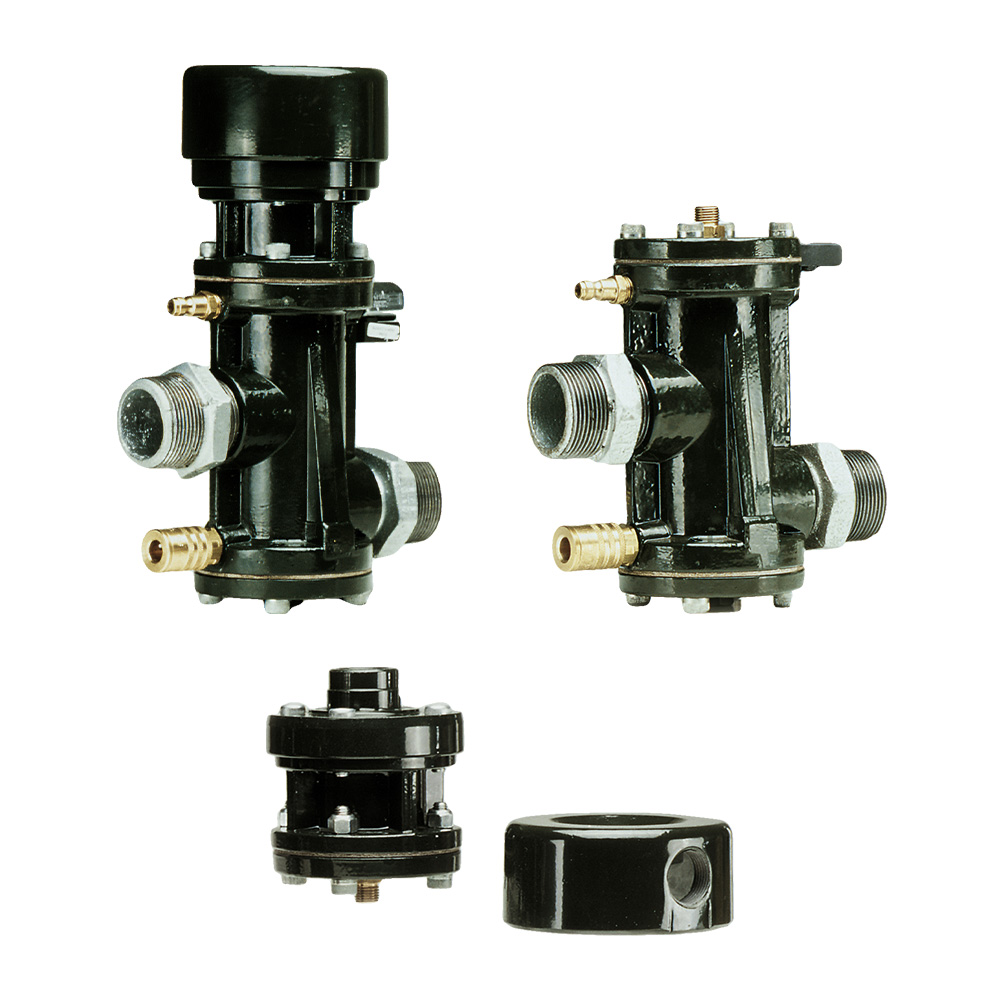How Control Valves Influence Power Effectiveness in Industrial Settings
Wiki Article
Achieve Seamless Assimilation and Control With High Quality Structure Automation Controls
In the realm of modern building monitoring, the value of quality structure automation controls can not be overstated. Embracing top quality structure automation controls is not just a matter of convenience yet a strategic important for organizations aiming to enhance their facilities' efficiency and sustainability.
Development of Structure Automation Controls
Throughout the past couple of decades, the advancement of developing automation controls has dramatically changed the method buildings are taken care of and operated. Developing automation systems mostly focused on standard functions such as controlling air, air flow, and heating conditioning (HVAC) systems. As technology progressed, these controls have become more innovative, enabling for a larger array of structure systems to be integrated and handled centrally.The evolution of developing automation controls has actually seen a shift in the direction of more smart systems that can adjust to altering problems in real-time. This adaptability is important for maximizing energy effectiveness and guaranteeing passenger convenience. Additionally, modern-day building automation controls now offer functions such as anticipating upkeep, remote tracking, and data analytics, making it possible for center managers to make data-driven decisions to enhance building performance.

Advantages of High Quality Integration
The innovation in structure automation controls in the direction of even more smart systems has underscored the significant benefits of top quality assimilation in enhancing building procedures and boosting total effectiveness. This central control additionally offers better visibility and understandings right into structure performance, allowing proactive maintenance and optimization methods. Overall, the benefits of quality assimilation in structure automation controls are indisputable, supplying raised performance, convenience, and functional effectiveness.Enhanced Customer Experience and Access
Enhancing user communication with structure automation manages with user-friendly style and boosted accessibility elevates the overall experience for owners and facility supervisors alike. By concentrating on customer experience, developing automation systems can end up being extra efficient and straightforward. Instinctive user interfaces, clear navigating, and customizable setups equip customers to interact with the controls quickly and properly.Accessibility features play an important duty in making certain that all people, consisting of those with impairments, can make use of the structure automation manages easily. Integrating attributes such as voice commands, responsive switches, and color-contrasted displays can improve ease of access and make the controls much more comprehensive.
Additionally, boosted individual experience results in greater user satisfaction, increased performance, and much better decision-making. Owners can adjust environmental settings according to their preferences, while center supervisors can effectively monitor and handle structure systems - control valves. Generally, focusing on customer experience and access in structure automation manages adds to a more seamless and efficient structure environment for all stakeholders entailed
Lasting Practices Through Automation

Additionally, automation can help with the integration of eco-friendly energy resources such as photovoltaic panels or wind turbines right into building procedures. By immediately changing power use based on the availability of renewable resource, buildings can additionally lower their dependence on non-renewable sources. This smooth integration of sustainable methods not only benefits the environment however my explanation additionally enhances the overall operational effectiveness and cost-effectiveness of the building. Via automation, structures can line up with modern-day sustainability goals and contribute to a greener future.
Future Trends in Structure Control Equipment
One noticeable fad shaping the future of building control systems is the raised combination of Artificial Knowledge (AI) and maker knowing. Furthermore, the Net of Points (IoT) is transforming structure control systems by attaching tools and sensing units to streamline procedures and improve performance.
One more vital pattern is the focus on cybersecurity actions to shield versus possible threats to developing automation systems. As structures end up being extra interconnected, ensuring durable cybersecurity methods will certainly be vital to guard sensitive information and stop unauthorized access.
In addition, the change in the direction of cloud-based systems is gaining energy, permitting for centralized control and remote access to building systems. This facilitates much easier surveillance, upkeep, and updates, improving the general performance and adaptability of structure control systems. As innovation continues to advance, these fads are expected to form the future landscape of structure automation controls, driving technology and sustainability in the built environment.
Final Thought
Future patterns in building control systems are most likely to concentrate on further improving automation abilities for enhanced power effectiveness and total efficiency. It is crucial for building owners and drivers to prioritize the fostering of high quality structure automation regulates to maximize building operations and attain long-lasting sustainability goals.In the realm of contemporary structure management, the relevance of quality building automation controls can not be overstated. Generally, the evolution of structure automation manages continues to drive technology in blog here the building management industry, supplying new possibilities for developing smarter and more lasting buildings.
The development in structure automation controls towards more intelligent systems has highlighted the considerable advantages of top quality combination in maximizing structure operations and enhancing total effectiveness. In general, prioritizing user experience and availability in structure automation manages adds to a more seamless and productive building environment for all stakeholders involved.
It is crucial for structure proprietors and drivers to focus on the fostering of top quality building automation manages to maximize building procedures and achieve long-term sustainability objectives. - control valves
Report this wiki page